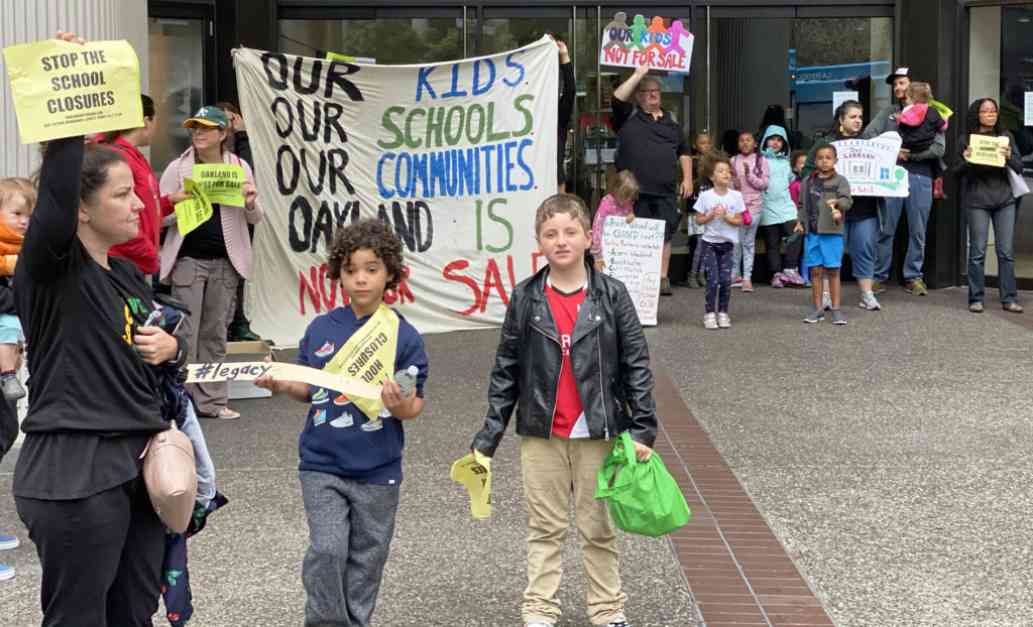Financial Strategies for Underenrolled Schools
In September 2019, protesters gathered outside the Oakland Unified School District office to voice their opposition to school closures due to declining enrollments. As cities across the country face the dilemma of closing underenrolled schools, the financial implications of such decisions loom large.
Exploring Alternative Cost-Cutting Measures
The common rationale behind closing underenrolled schools is the belief that fewer students mean fewer dollars. Consolidating schools can save money by eliminating the need for additional staff like principals, librarians, nurses, counselors, and more. However, there is a different approach to cutting costs without resorting to closures.
Small schools do not necessarily have to cost more per pupil. Examples from various states show that financially viable small schools can operate on par with larger institutions by adopting unique staffing models. In these schools, teachers often wear multiple hats, combining roles like principal and Spanish teacher or counselor and math instructor.
The Power of Smallness
Financially sustainable small schools often implement creative solutions to provide essential services with limited resources. From multi-level classrooms to online electives and community partnerships, these schools demonstrate that smallness can be an asset rather than a liability. Despite the challenges of limited staffing, small schools foster stronger relationships between students and educators, leading to better outcomes.
Rethinking Traditional Schooling Models
While some argue that nontraditional schools may not cater to every student’s needs, districts can explore innovative staffing structures to save costs and maintain community support. Charter schools, in particular, offer nontraditional programs that operate efficiently without additional subsidies. Embracing smaller, nontraditional schools may require districts to let go of rigid staffing structures and reallocate resources based on actual student needs rather than standardized formulas.
As enrollments continue to decline, the conversation around keeping underenrolled schools open must shift towards reevaluating traditional schooling models. By adopting flexible staffing practices and reallocating resources based on student needs, districts can find sustainable solutions to preserve schools that deliver positive outcomes for their students.
Marguerite Roza, Director of the Edunomics Lab at Georgetown University, emphasizes the importance of exploring diverse perspectives on education finance to address the challenges faced by underenrolled schools. As districts navigate the complexities of school closures and financial constraints, innovative strategies that prioritize student success and community engagement will be essential for shaping the future of education.
